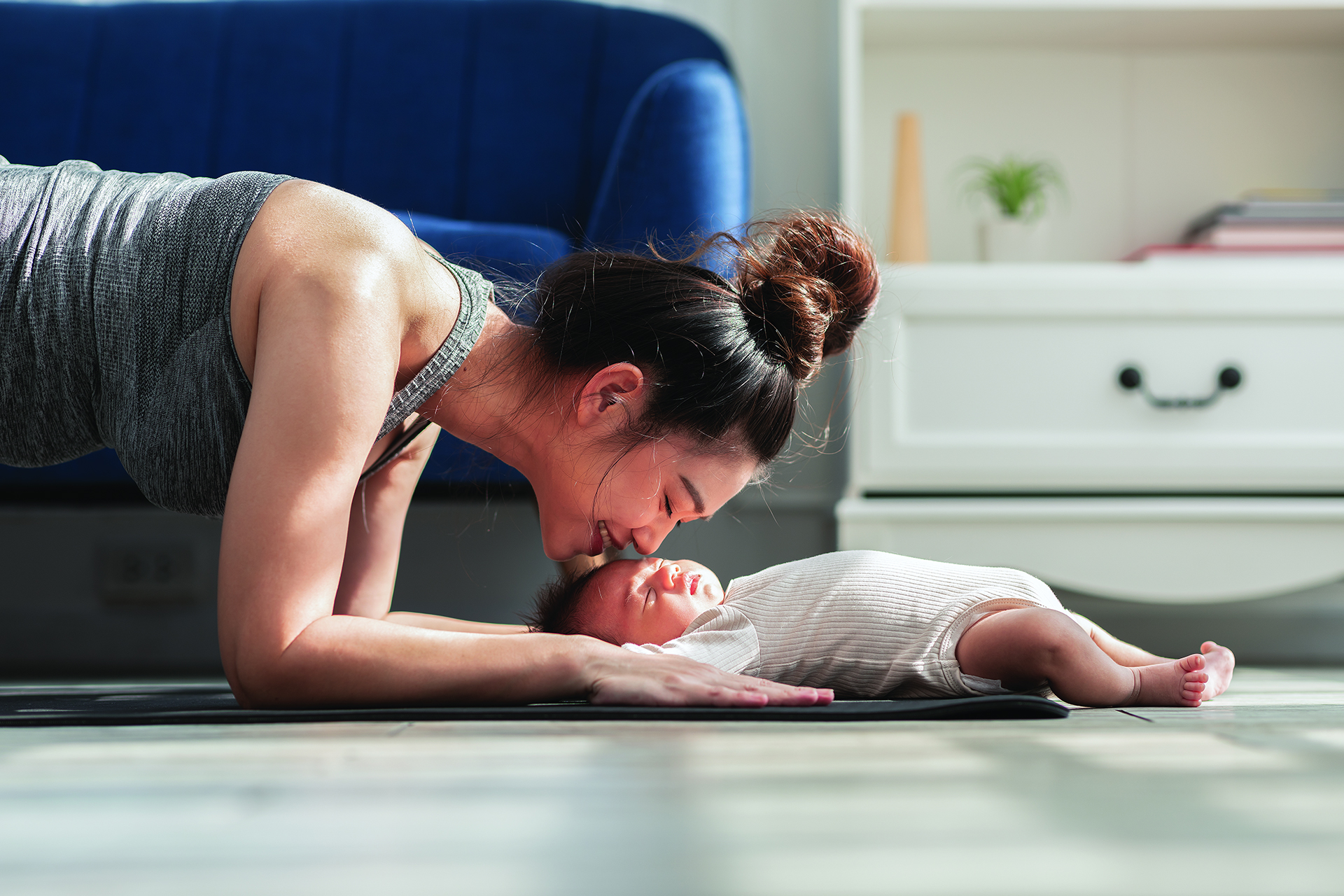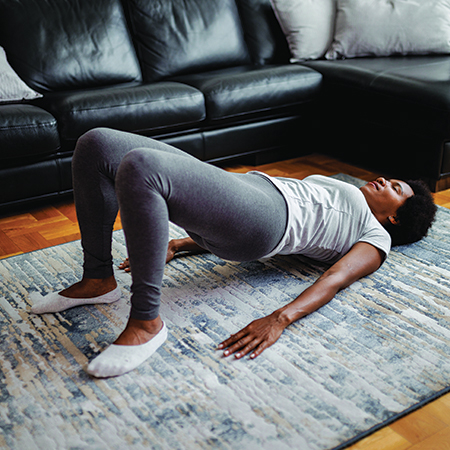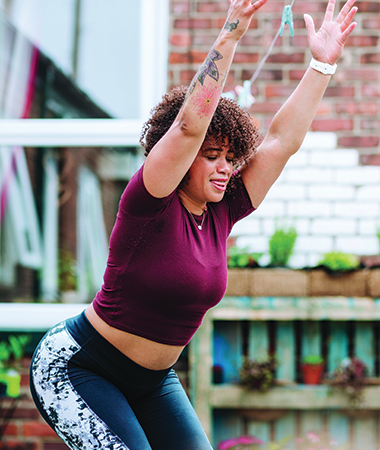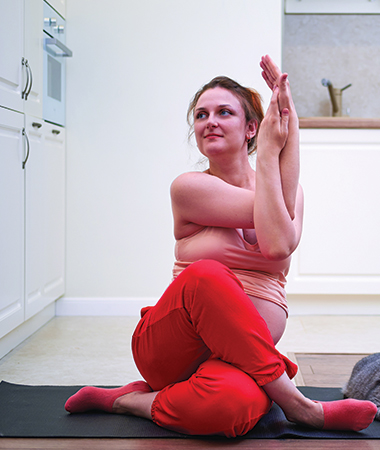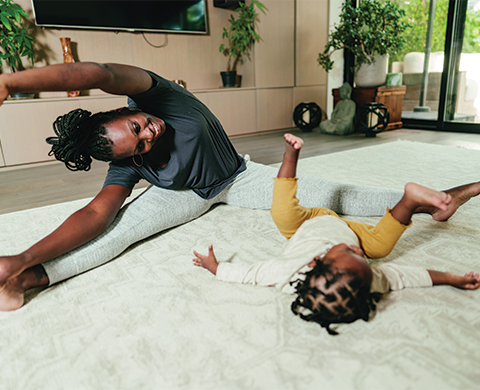
Yoga Support for Body & Heart
As a new mom, my body and my heart wanted the same thing: support! Postnatal yoga helped with both. My body grew stronger as I practiced yoga in the months following my daughter’s birth. Emotionally, postnatal yoga helped me feel balanced. Mindfully moving my body and breathing deeply put me in a better mood. Yoga helped me, and it can help you too!

